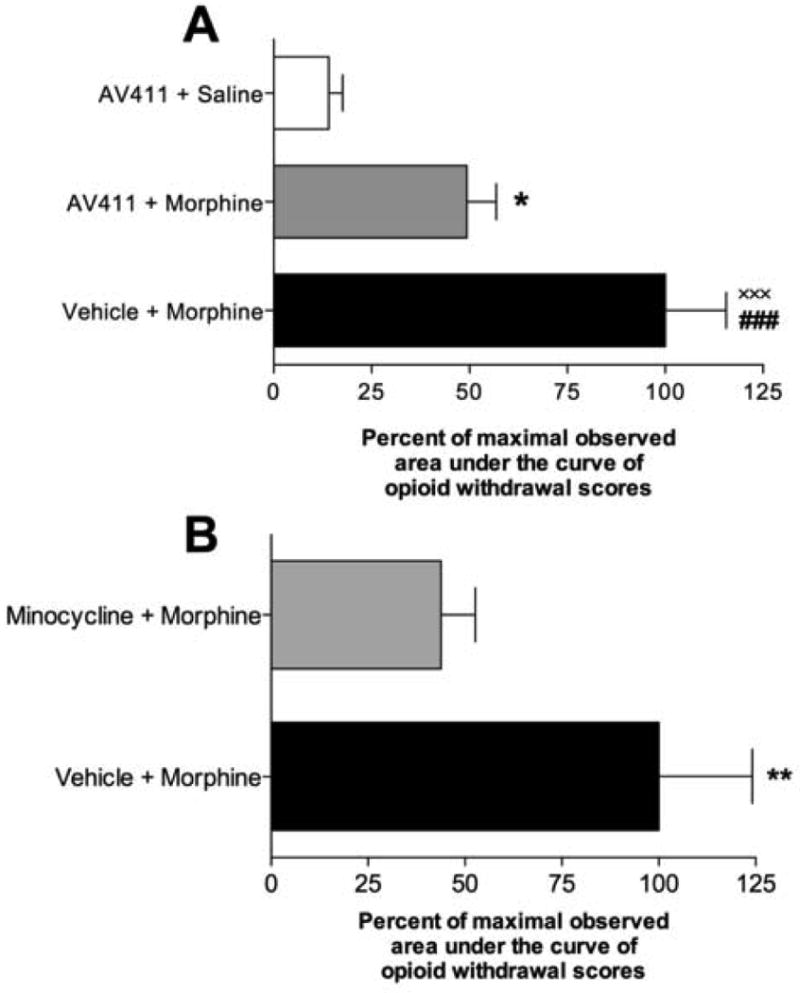Figure 1. AV411 and minocycline significantly reduced naloxone precipitated morphine withdrawal.

A: Co-administration of AV411 (7.5mg/kg twice daily) with morphine significantly reduced the area under the naloxone precipitated opioid withdrawal behaviors across a 60min post-naloxone timecourse, compared to vehicle+morphine treated rats. To enable of comparison of data, data are expressed as percent of maximal observed withdrawal score as the vehicle (PEG) caused a substantial modification in the behaviors observed (P<0.001, ###). Behaviors included in this analysis included: jumping, rearing, exploration (movement greater than one body length), teeth chattering, wet dog shakes, abnormal posture, ptosis, diarrhea, penis licking, pica (oral stimulation by filling of mouth with bedding), paw chewing, cleaning, salivation, vocalization, chewing (large jaw movements including masseter muscle contraction) and fidgeting (a writhing type of behavior involving small shifts in body position). Counts of each of these behaviors were made upon their presentation. In cases where the response was prolonged, for example ptosis, counts were made every 30s. As seen in the figure, some behaviors still persisted compared to AV411+saline treated rats (P<0.05, *). Vehicle+morphine rats displayed significant withdrawal behaviors compared to AV411+vehicle controls (P<0.001; ×××), n=10-11/group. B: Co-administration of minocycline (25mg/kg gavage twice daily) with morphine significantly reduced the sum of all scored naloxone precipitated opioid withdrawal behaviors compared to vehicle+morphine treated rats (P<0.01, **). n=6/group. Scored behavior and presentation are as in A, above.
